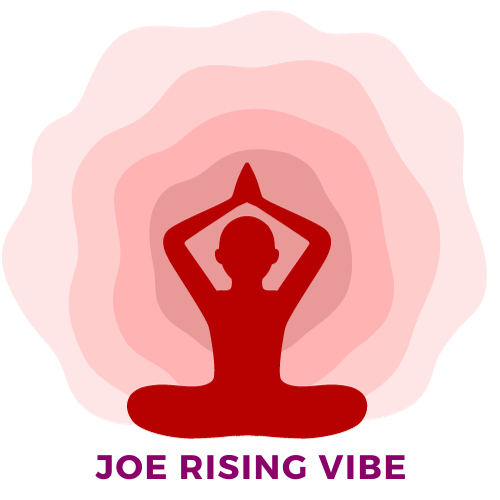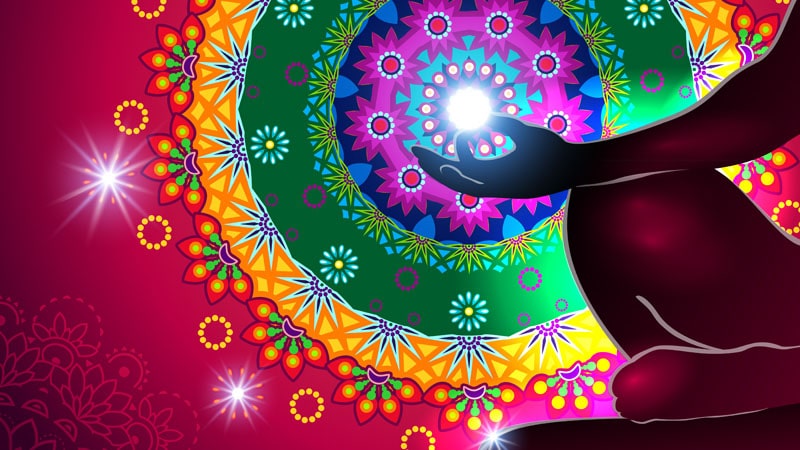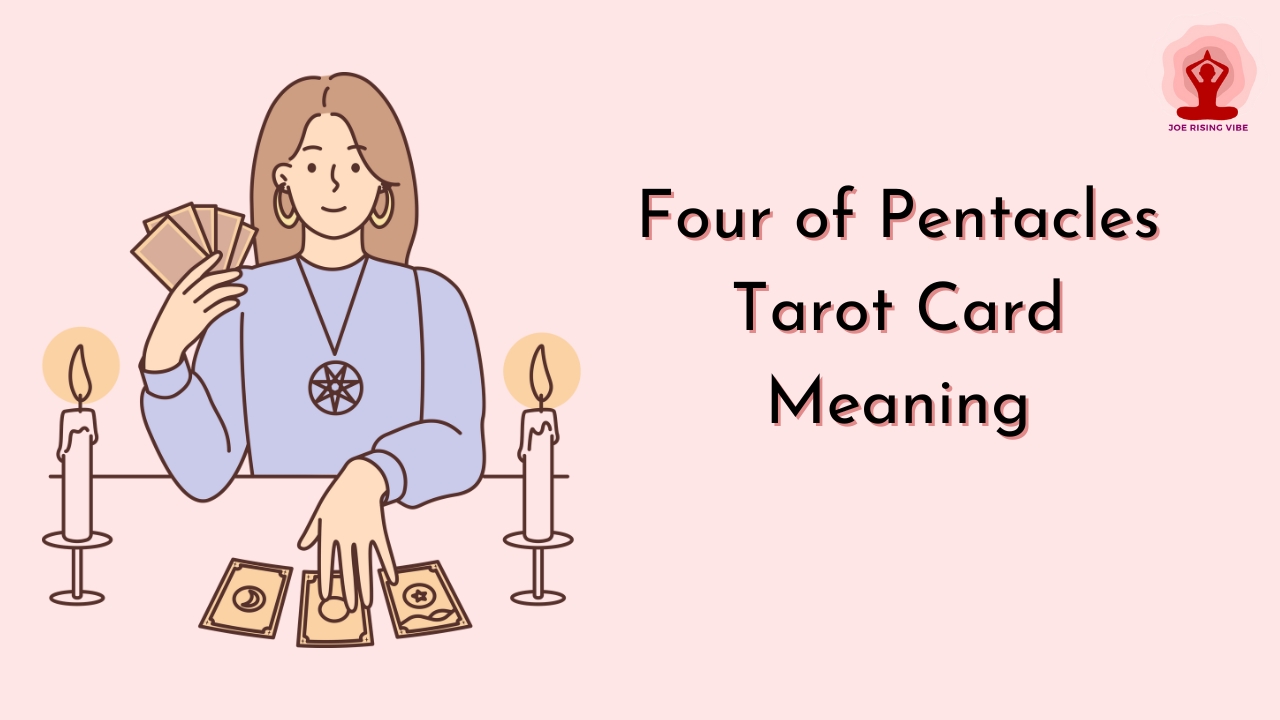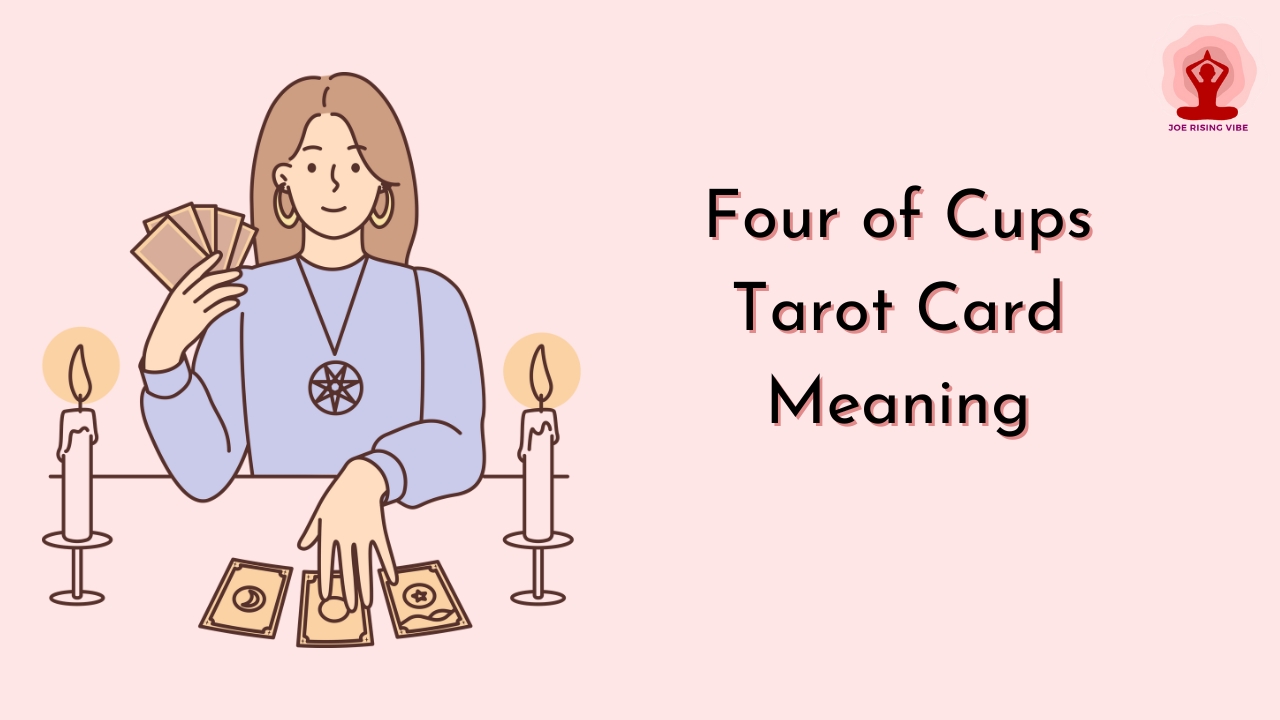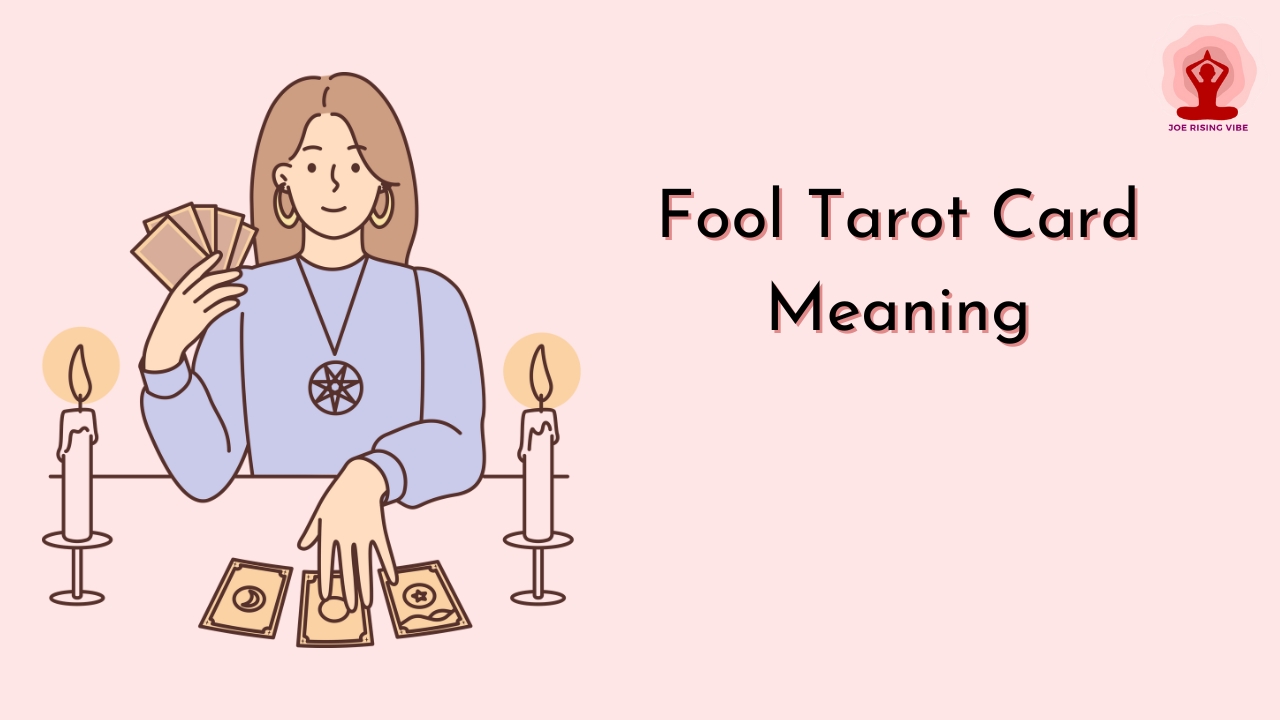Are you curious about the journey to becoming a Reiki master and how long it takes to reach this level of expertise? Well, the path to becoming a Reiki master is both fascinating and rewarding.
It requires dedication, practice, and a deep understanding of the healing art of Reiki.
So, let’s explore the time frame required to become a Reiki master and the different levels of training and practice involved.
Understanding the Levels of Reiki Training
To become a Reiki master, it’s essential to understand the different levels of training involved in this healing practice.
Reiki is a Japanese technique that promotes stress reduction, relaxation, and overall healing.
The journey to becoming a Reiki master is a progressive one, with each level building upon the knowledge and skills gained in the previous stage.
Level 1 Reiki: This is where the foundation for Reiki practice is laid. It typically takes about six months to complete this level, during which students learn the basic principles of Reiki and how to perform self-healing.
Students receive attunements, which are energetic activations that enhance their ability to channel Reiki energy.
Level 1 Reiki: focuses on connecting with the healing energy and understanding the body’s energy systems.
Level 2 Reiki: After completing level 1, practitioners can move on to level 2, which usually takes another six months to complete. In this level, students learn how to perform Reiki on others and explore distant healing techniques. They are introduced to symbols and mantras that enhance the flow of Reiki energy and expand their healing capabilities. Level 2 Reiki allows practitioners to deepen their practice and share healing with others.
Level 3 Reiki: The final level of Reiki training is where practitioners can become Reiki masters. It usually takes about one year to complete level 3, as this is a stage that requires extensive practice and mastery. In level 3, students learn advanced healing techniques and receive additional attunements that further enhance their ability to channel Reiki energy.
Becoming a Reiki master opens the door to teaching Reiki to others, if desired, and deepens the practitioner’s connection to the healing energy.
| Level | Duration | Focus |
|---|---|---|
| Level 1 | Approximately 6 months | Self-healing and foundation building |
| Level 2 | Approximately 6 months | Performing Reiki on others and distant healing |
| Level 3 | Approximately 1 year | Becoming a Reiki master and potential teaching |
It’s important to note that while some courses claim to provide Reiki master certification in a short time frame, a true journey to Reiki mastery requires dedication, practice, and time.
By completing the three levels of Reiki training, practitioners can unlock the full potential of this healing practice and deepen their understanding of energy healing.
Level 1 Reiki: Building the Foundation
Level 1 Reiki training is where your journey as a Reiki practitioner begins, exploring the fundamentals of this powerful healing modality.
This level focuses on self-healing and establishing a strong foundation in Reiki principles and techniques.
During the first six months of training, you will learn about the history of Reiki, its principles, and how to connect with the universal life force energy.
You will also receive attunements from a Reiki master, which open up and enhance your ability to channel this healing energy.
Through hands-on practice, you will become familiar with various hand positions used for self-healing and treating others.
This level is all about self-discovery and self-care, as you learn to balance your own energy and promote holistic healing in your life.
Table: Topics Covered in Level 1 Reiki Training
| Topics | Duration |
|---|---|
| Introduction to Reiki | 2 weeks |
| History and Principles of Reiki | 2 weeks |
| Attunements and Opening Energy Channels | 2 weeks |
| Hand Positions for Self-Healing | 2 weeks |
| Energy Balancing Techniques | 2 weeks |
By completing Level 1 Reiki training, you will gain the necessary knowledge and skills to practice Reiki for self-care and begin your journey towards becoming a Reiki master.
This level sets the groundwork for further exploration and growth in the higher levels of Reiki training.
Level 2 Reiki: Expanding Your Practice
Level 2 Reiki training takes your healing abilities to the next level, expanding your practice to include working with others and exploring the power of distance healing.
After completing Level 1 Reiki training, where you built a strong foundation in self-healing and Reiki principles, Level 2 offers you the opportunity to deepen your understanding and enhance your skills.
During Level 2, you will learn how to perform energy healing on others, allowing you to extend the benefits of Reiki to your friends, family, or clients. This level also introduces you to the practice of distance healing, which enables you to send healing energy to someone who is not physically present.
Distance healing is a powerful tool that expands the reach of your healing abilities, allowing you to support individuals who may be located far away.
Harnessing the power of symbols and mantras, Level 2 Reiki training empowers you to enhance the flow of healing energy and target specific areas or issues.
These symbols serve as keys to unlock the full potential of Reiki, amplifying your ability to heal on both physical and emotional levels.
| Benefits of Level 2 Reiki Training |
|---|
| • Expanded ability to perform energy healing on others |
| • Introduction to distance healing techniques |
| • Utilization of symbols and mantras for enhanced healing |
| • Increased confidence in your Reiki practice |
| • Deeper connection to the universal life force energy |
Level 3: Mastering the Art of Reiki
Level 2 Reiki training is a stepping stone towards Level 3, where you can become a Reiki master. In Level 3, you will deepen your knowledge and expand your skills even further.
This level involves a significant commitment of time and practice, as it typically takes around a year to complete. However, the rewards are well worth the investment.
As a Reiki master, you will have a deeper understanding of Reiki and its principles. You will possess the knowledge and capability to not only provide healing to others but also to teach Reiki to new practitioners.
Becoming a Reiki master is a significant milestone in your Reiki journey, marking your dedication, growth, and ability to guide others along their own paths.
It’s important to note that the time frames mentioned for Reiki training are general guidelines and can vary depending on the individual and the specific program or teacher.
Some people may progress more quickly, while others may take longer to fully integrate their learning. The key is to approach your Reiki practice with patience, dedication, and a genuine desire to help others through the power of healing energy.
Level 3 Reiki: Becoming a Reiki Master
Level 3 Reiki training is the culmination of your Reiki journey, allowing you to step into the role of a Reiki master and potentially share your knowledge with others.
After completing the first two levels of Reiki training, you have developed a strong foundation in Reiki principles and techniques. Level 3 takes your understanding and abilities to a whole new level.
During level 3 training, you will deepen your connection to Reiki energy and learn advanced healing techniques. This level often includes receiving the Reiki master attunement, which further enhances your ability to channel Reiki energy.
With this attunement, you become a Reiki master and gain the ability to attune others to Reiki as well.
As a Reiki master, you may choose to teach Reiki to others, sharing the gift of healing with a new generation of practitioners. This noble path requires dedication, compassion, and a deep commitment to daily self-care and meditation.
Many Reiki masters find joy and fulfillment in guiding others on their own Reiki journeys.
The Role of a Reiki Master
As a Reiki master, you have a deeper understanding of Reiki and the ability to facilitate healing in a shorter amount of time than a practitioner. Becoming a Reiki master can also open up new career opportunities, as you may choose to establish your own Reiki practice or offer your services in a healthcare or wellness setting.
The Journey Continues…
While level 3 Reiki marks the completion of formal training, your journey as a Reiki master is never truly finished. Continued practice, self-care, and ongoing education are essential for personal growth and to deepen your connection to Reiki energy. Many Reiki masters choose to further their understanding and skills by attending workshops, conferences, and advanced training programs.
The path to becoming a Reiki master is a transformative one, offering profound healing and growth. Whether you choose to share your knowledge with others or simply use Reiki to enhance your own well-being, the power of this ancient healing practice is undeniable.
The Journey to Reiki Mastery
Becoming a Reiki master is not just about completing the training levels; it’s a journey of dedication, daily practice, and potentially pursuing additional certifications.
To embark on this path, one must first understand the three levels of Reiki training. Level 1 focuses on building a strong foundation in Reiki principles and techniques. It typically takes six months to complete this level, during which practitioners learn self-healing and develop a deep understanding of energy flow.
Once level 1 is mastered, practitioners can move on to level 2, which takes another six months to complete. In level 2, practitioners learn to perform energy healing on others and explore the practice of distance healing. This level expands their abilities and deepens their connection to the Reiki energy.
The final level of Reiki training is level 3, where practitioners can become Reiki masters. This level requires one year of practice and dedication. Reiki masters have a deeper understanding of Reiki and can perform healing in less time than a practitioner.
They may also have the option to teach Reiki to others. To become certified as a Reiki master, one can join a professional organization or complete a licensed Reiki master teacher training program.
| Reiki Training Levels | Time to Complete | Skills Learned |
|---|---|---|
| Level 1 | 6 months | Self-healing, foundation in Reiki principles |
| Level 2 | 6 months | Energy healing on others, distance healing |
| Level 3 | 1 year | Becoming a Reiki master, potential for teaching |
Throughout the journey to Reiki mastery, practitioners are encouraged to practice daily meditation and self-care. This helps maintain a strong connection to the Reiki energy and enhances their healing abilities. The benefits of Reiki healing are numerous, including reducing anxiety and depression, improving relaxation, and promoting quicker healing times. With its holistic approach, Reiki can benefit anyone, regardless of age or health status, providing an opportunity for daily self-care and stress reduction.
Benefits of Reiki Healing
Reiki healing offers a range of benefits that can enhance your overall well-being, both physically and emotionally. It is a gentle and non-invasive practice that promotes relaxation and stress reduction, making it an excellent complement to traditional medical treatments.
| Benefits of Reiki Healing |
|---|
| Reduces anxiety and depression |
| Increases mental clarity and peace of mind |
| Boosts energy levels and vitality |
| Accelerates the body’s healing process |
| Promotes relaxation and improved sleep quality |
Whether you’re seeking emotional support, physical healing, or simply a greater sense of relaxation and well-being, Reiki healing can be a valuable addition to your self-care routine. Its gentle yet powerful effects can help restore balance and harmony to your mind, body, and spirit.
Incorporating Reiki into Other Practices
If you’re already practicing a healing modality like massage therapy, incorporating Reiki techniques can further enhance the benefits for your clients.
Reiki, a Japanese energy healing practice, can complement other treatments by promoting deep relaxation, reducing stress, and supporting the body’s natural healing processes. By integrating Reiki into your massage practice, you can provide a more holistic and comprehensive experience for your clients.
| Benefits of Incorporating Reiki into Massage Therapy |
|---|
| Enhances relaxation and stress reduction |
| Supports the body’s natural healing processes |
| Helps release physical and emotional tension |
| Promotes a sense of balance and well-being |
| Deepens the connection between mind, body, and spirit |
By integrating Reiki into your massage practice, you can offer your clients a more comprehensive and transformative healing experience. Whether you choose to incorporate Reiki into every session or offer standalone Reiki treatments, the combination of massage therapy and Reiki can provide profound benefits for both the body and the mind.
Conclusion
By joining a professional organization or completing a licensed Reiki master teacher training program, individuals can become certified as Reiki masters and further enhance their abilities.
Reiki can also be integrated into other healing practices, such as massage therapy, giving practitioners the opportunity to enhance their treatments.
Regardless of age or health status, anyone can benefit from learning Reiki self-care techniques. It provides a daily opportunity for self-care and stress reduction, allowing individuals to tap into the healing energy of Reiki and experience its transformative power.
–In Darkness, I Seek You. In Light, I Follow You.
